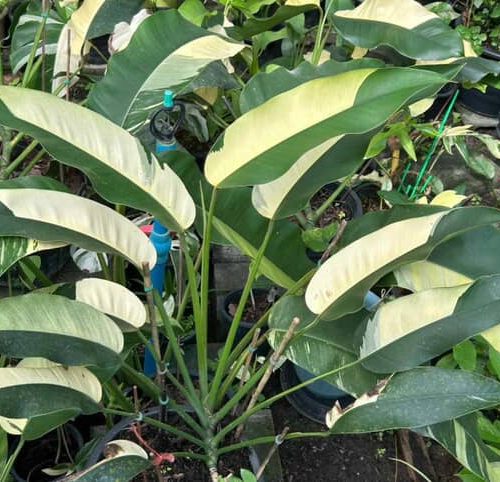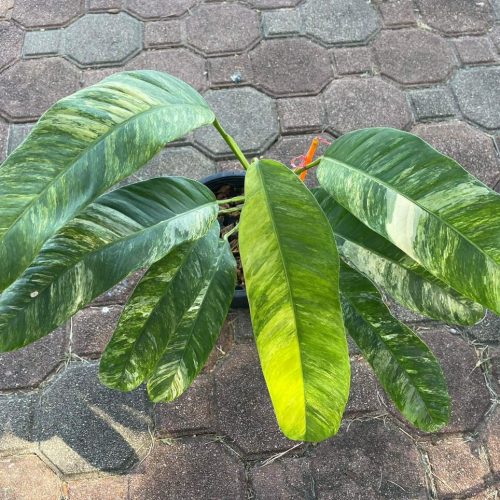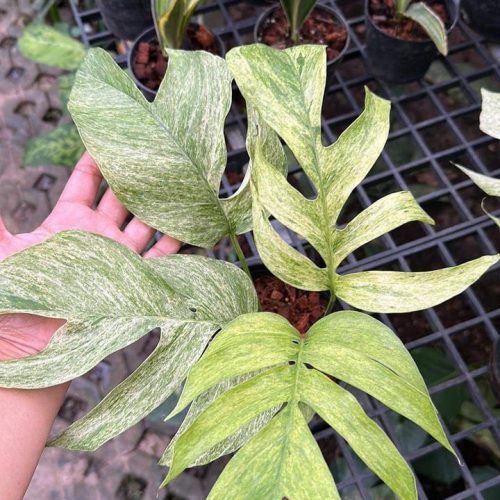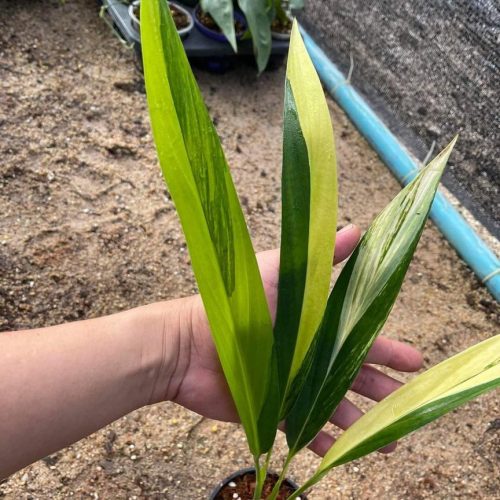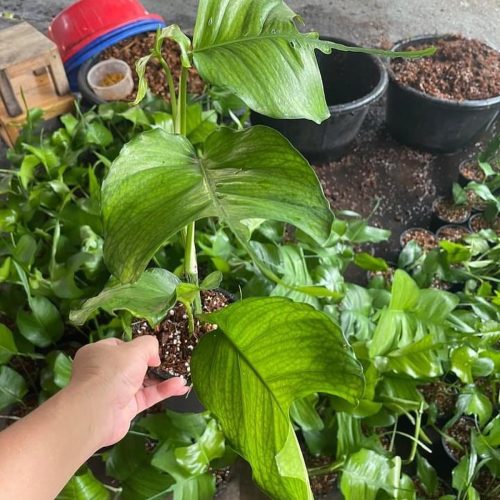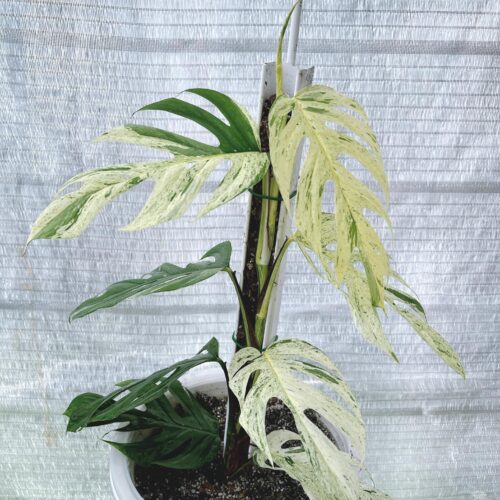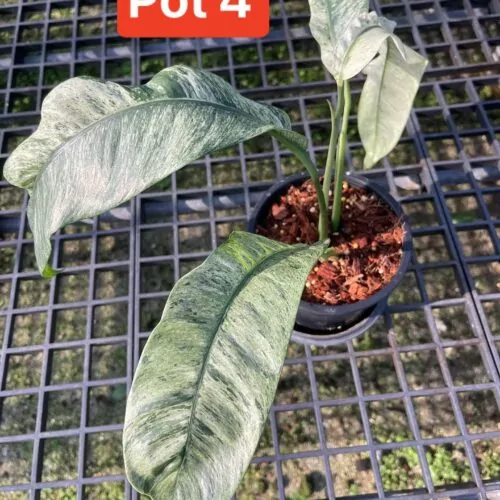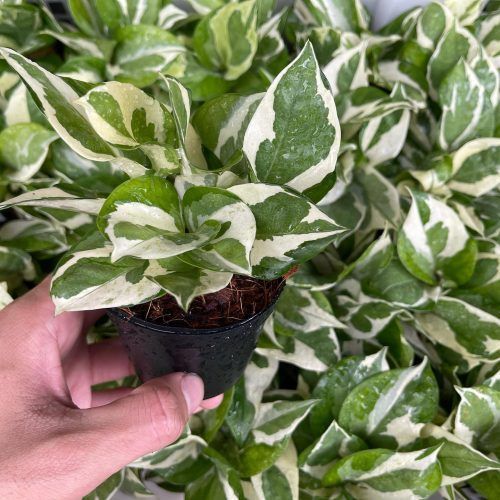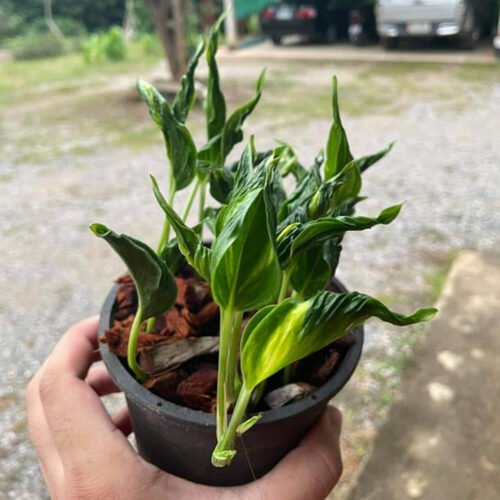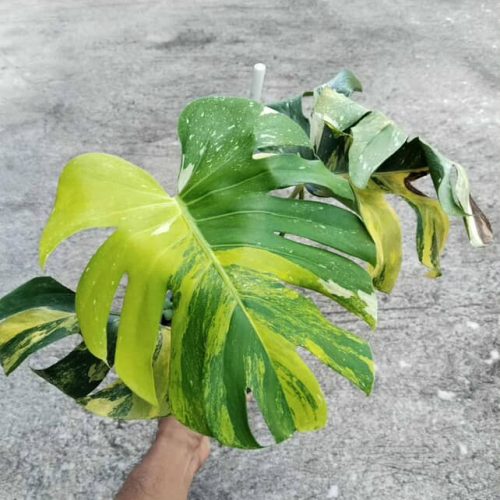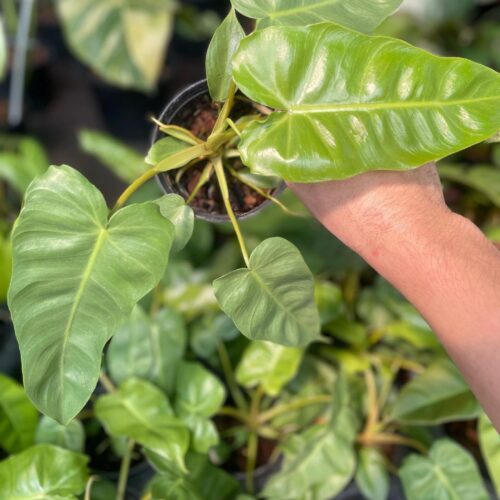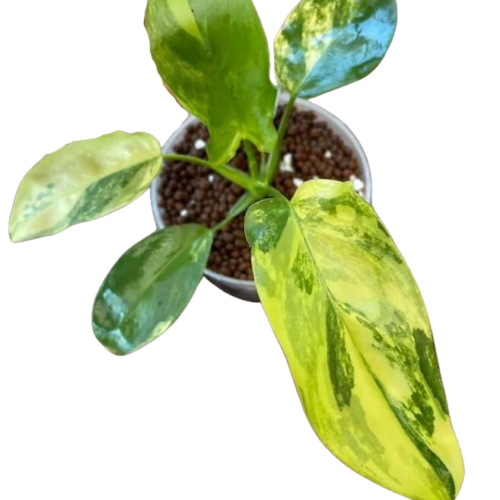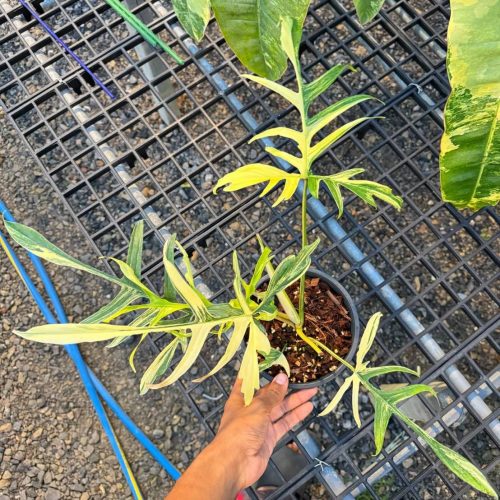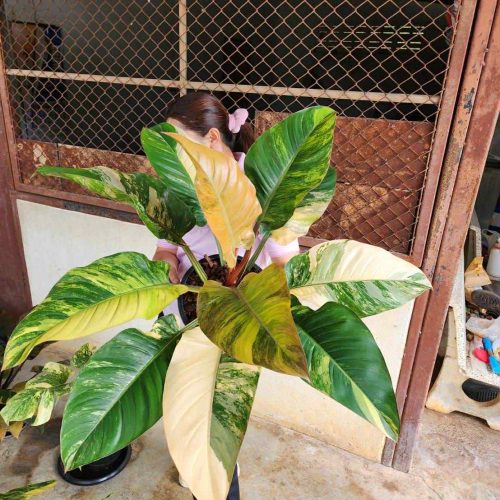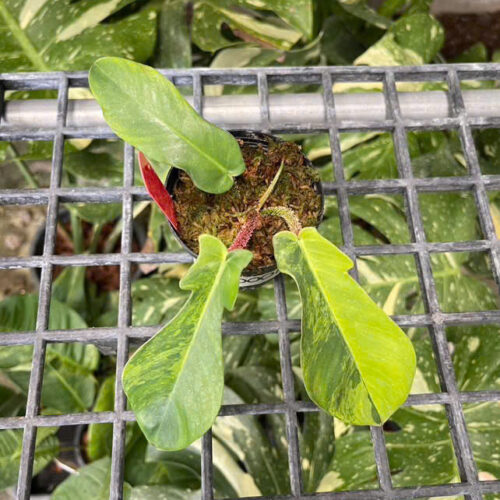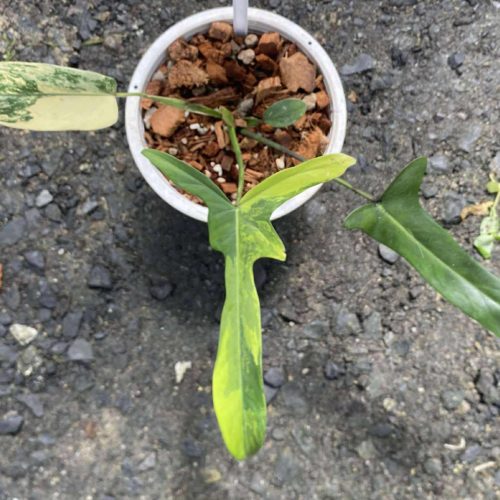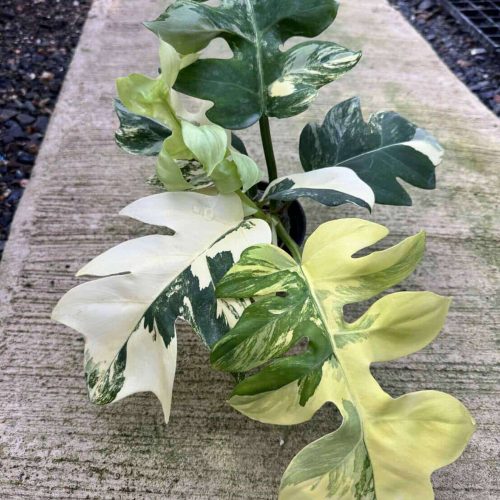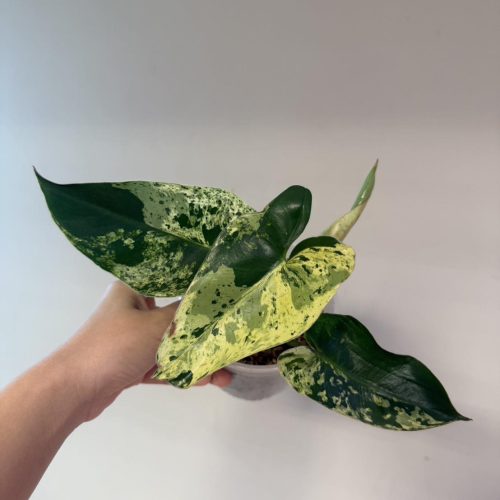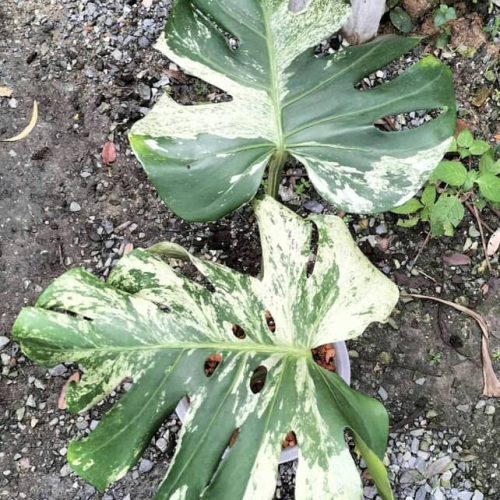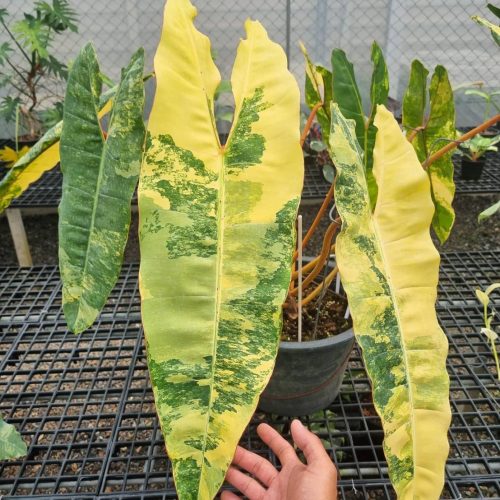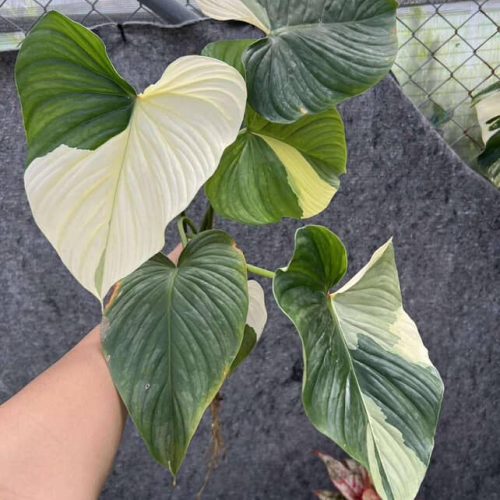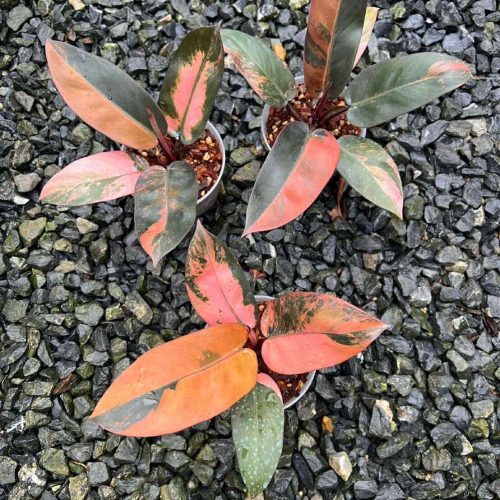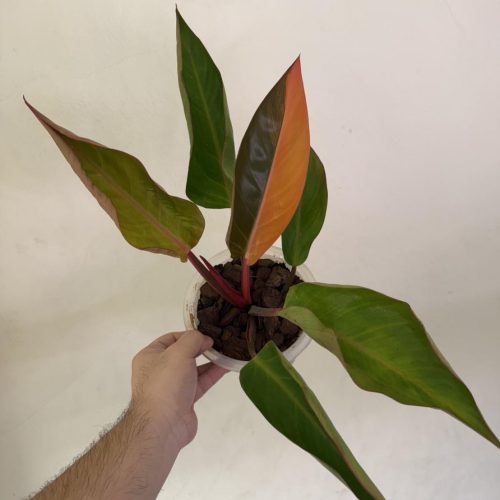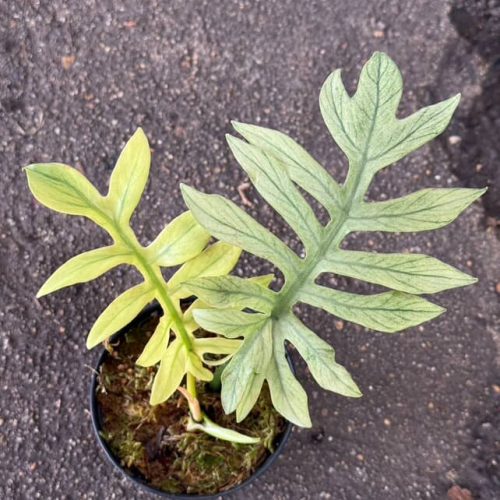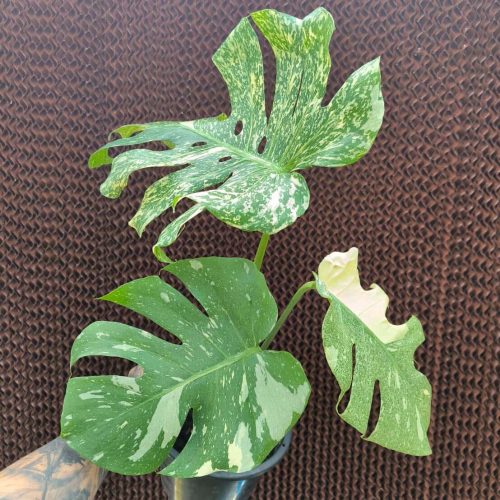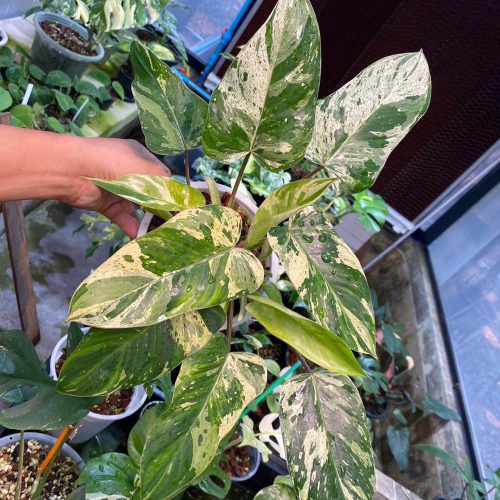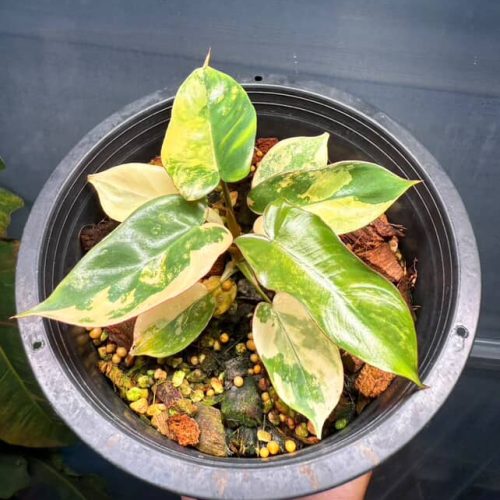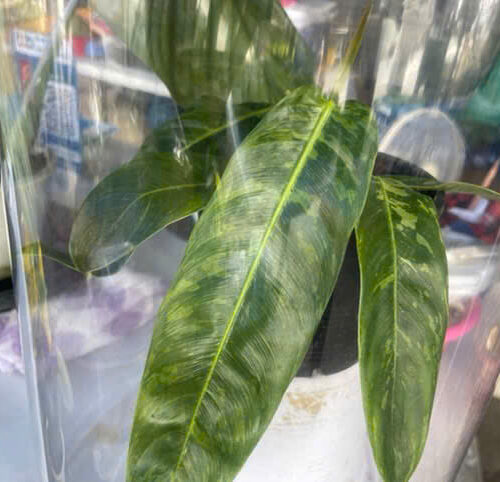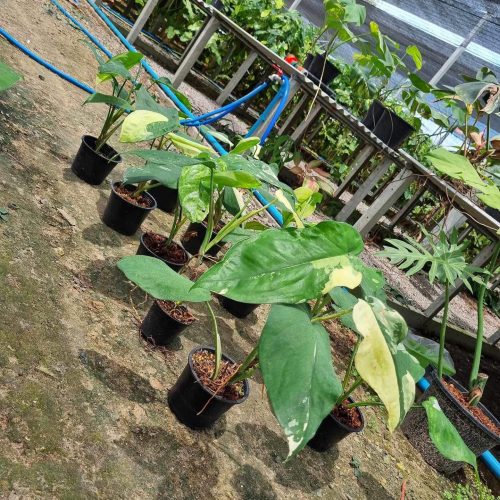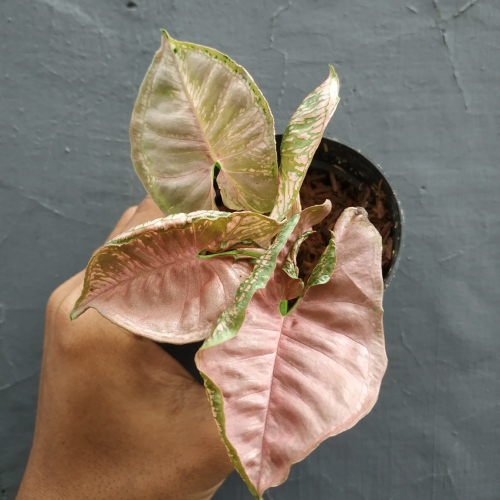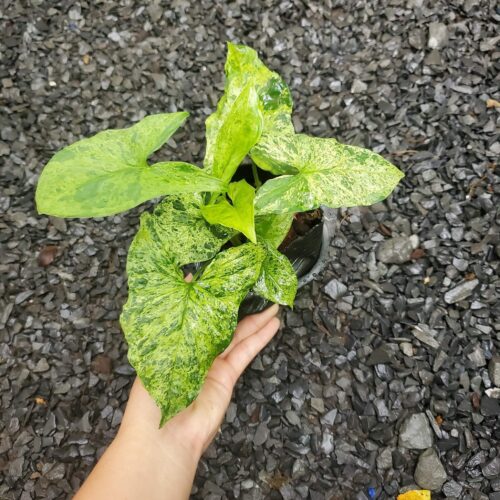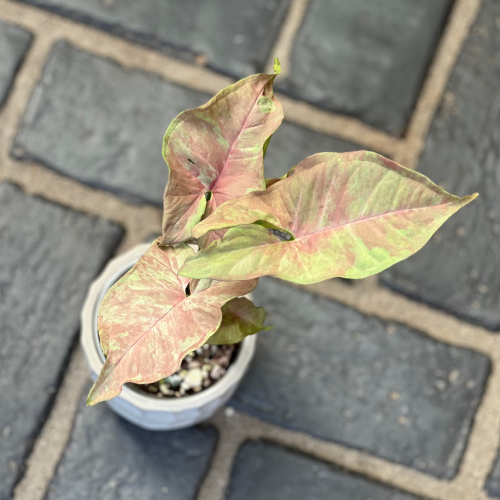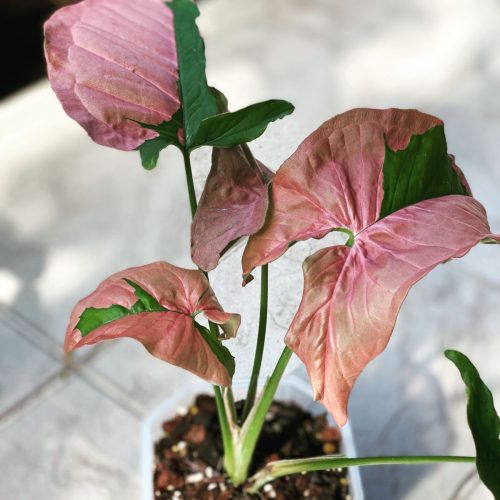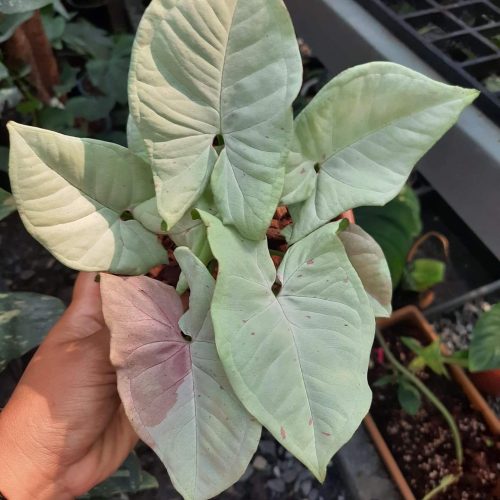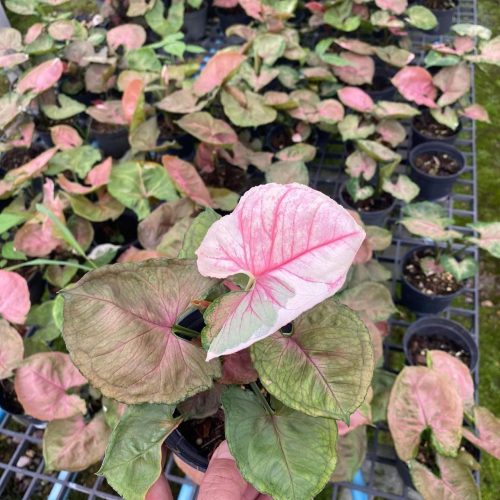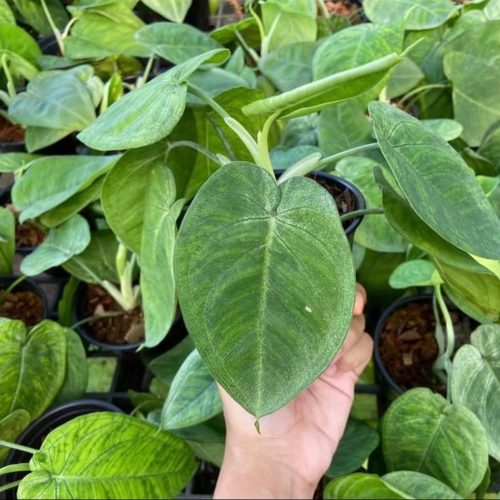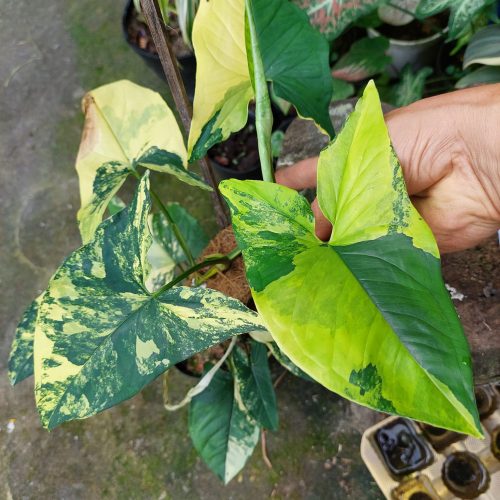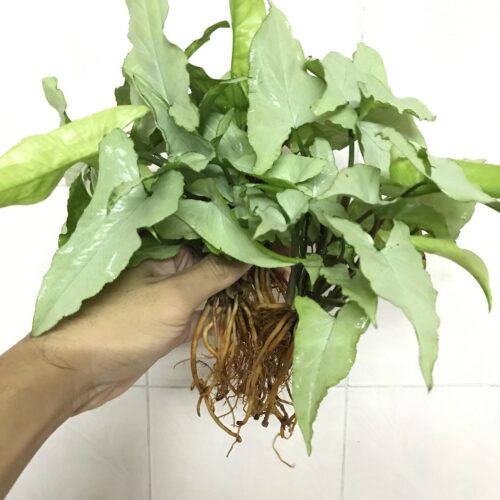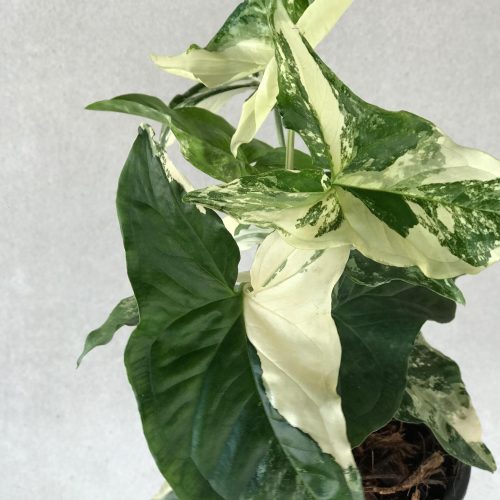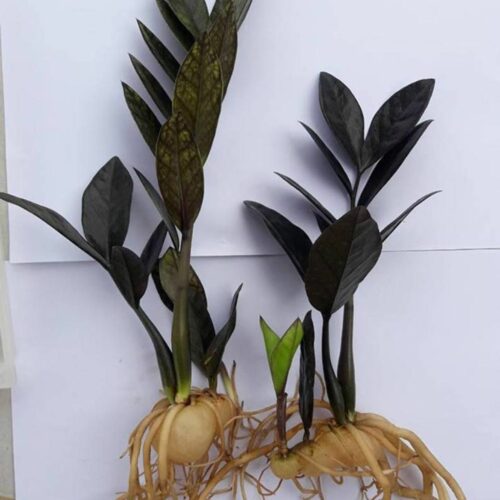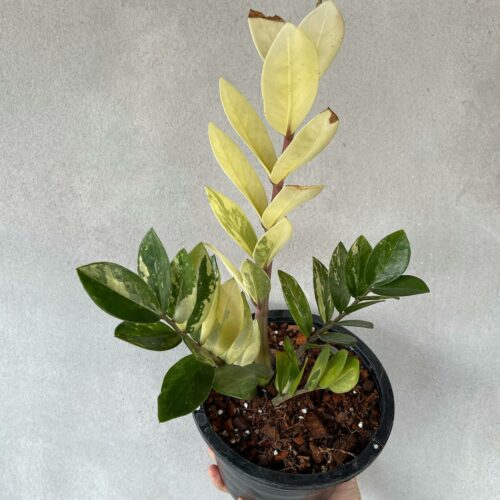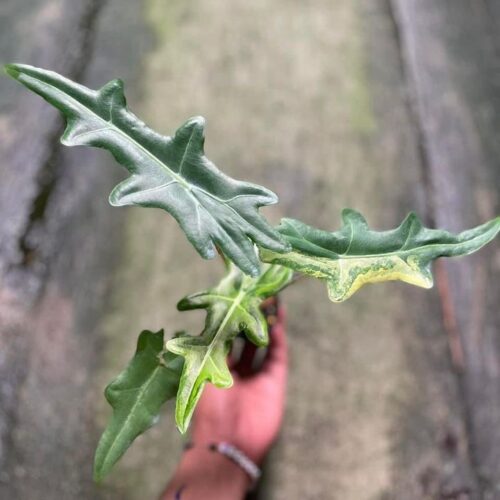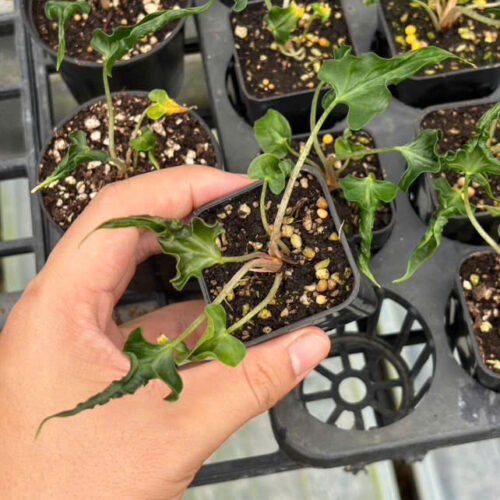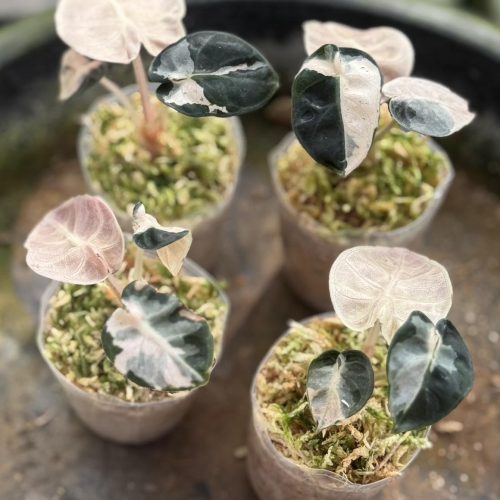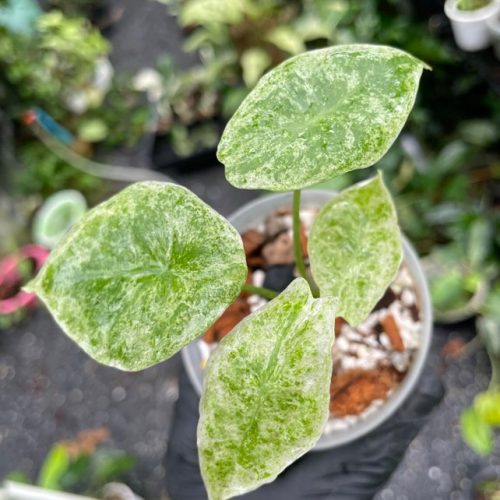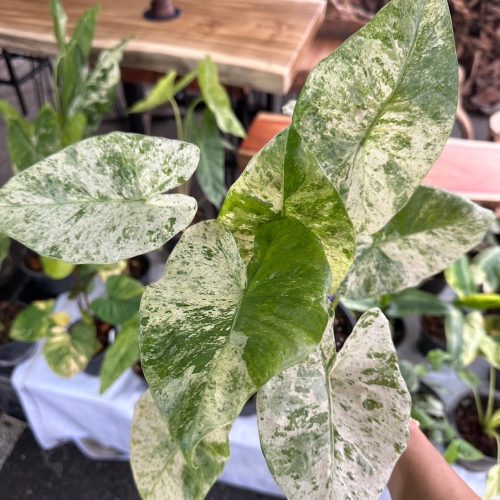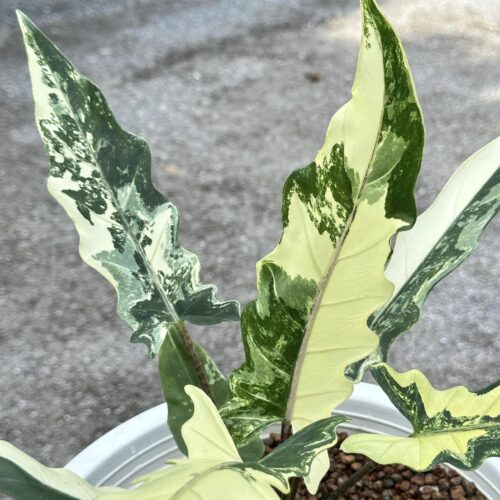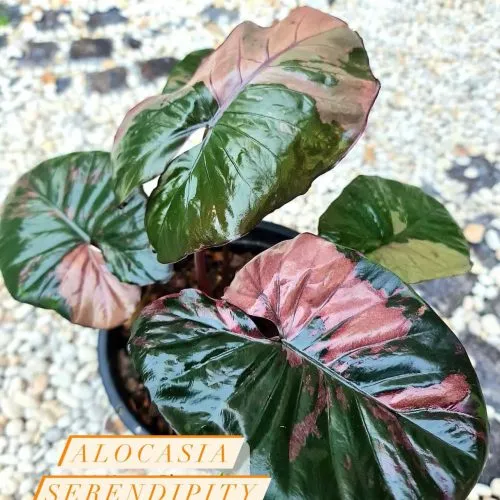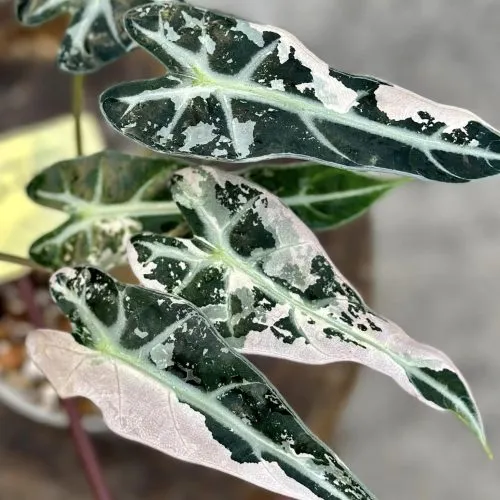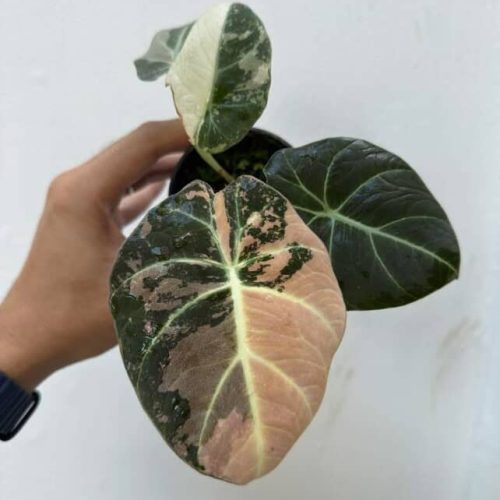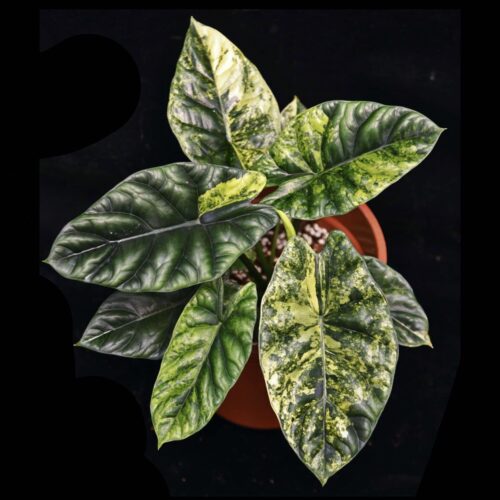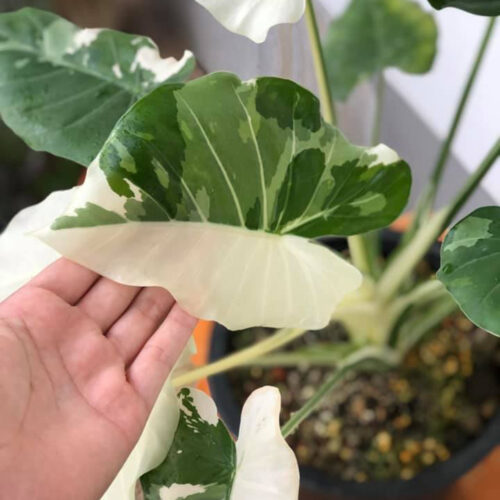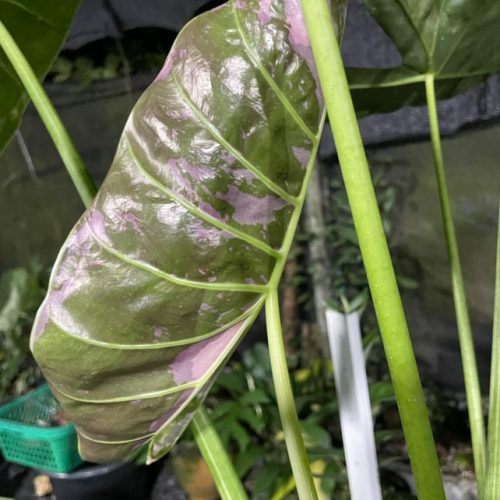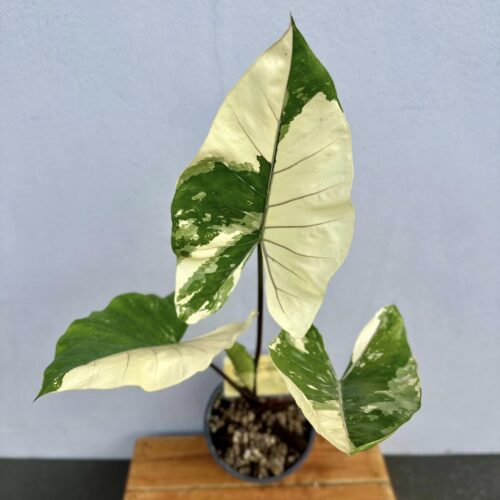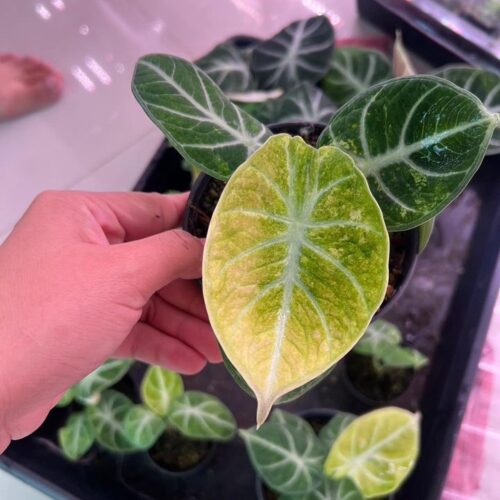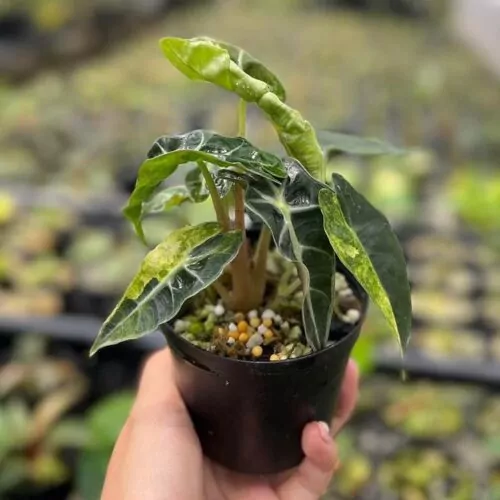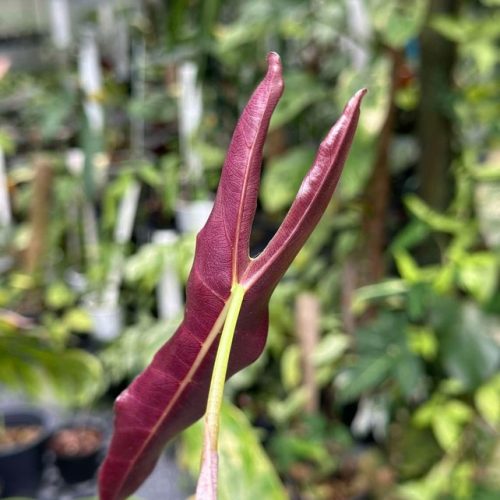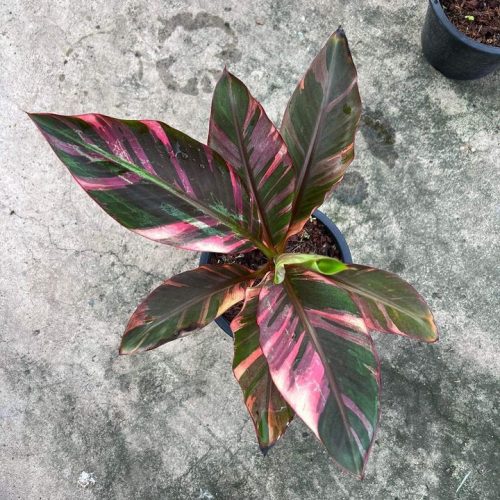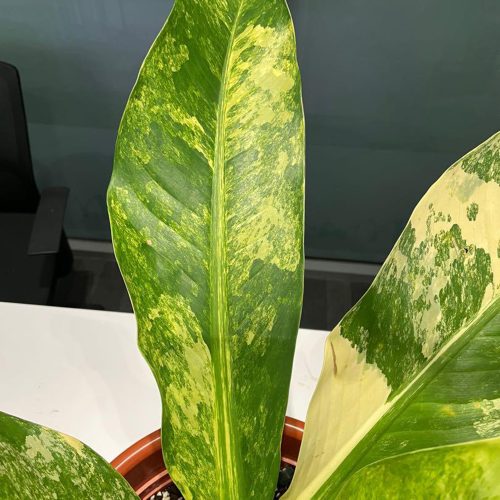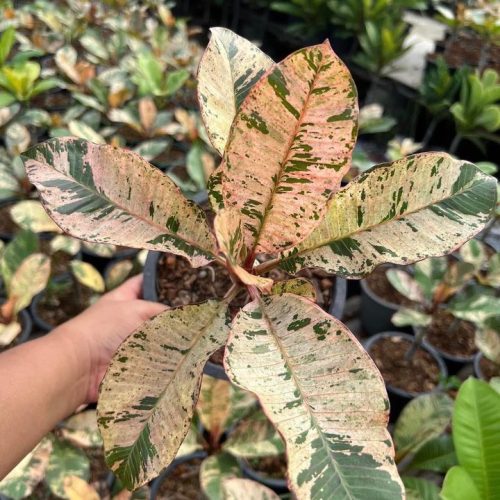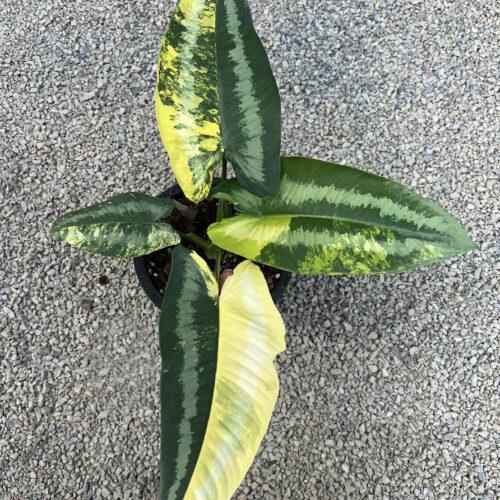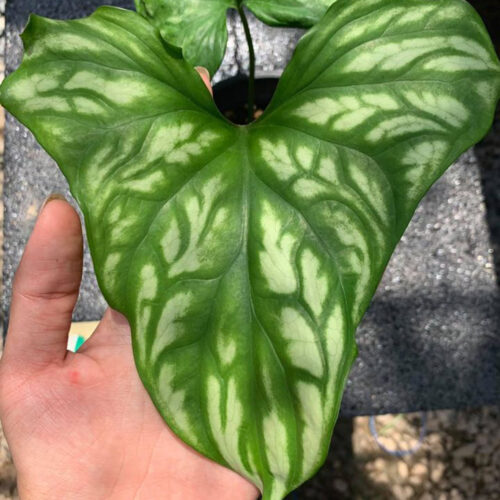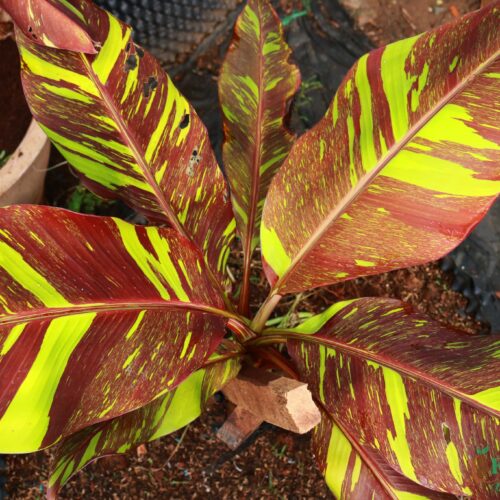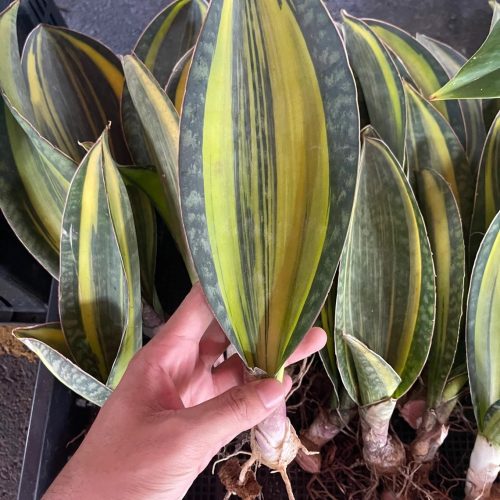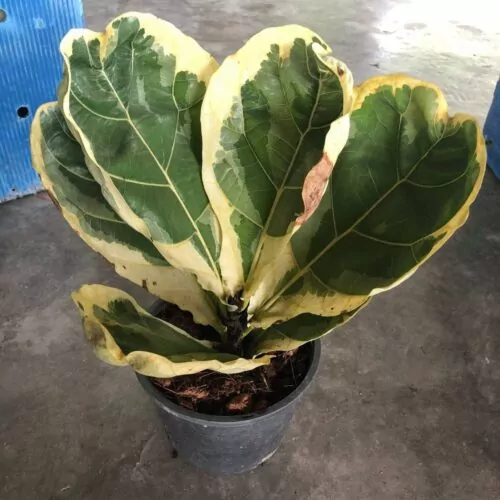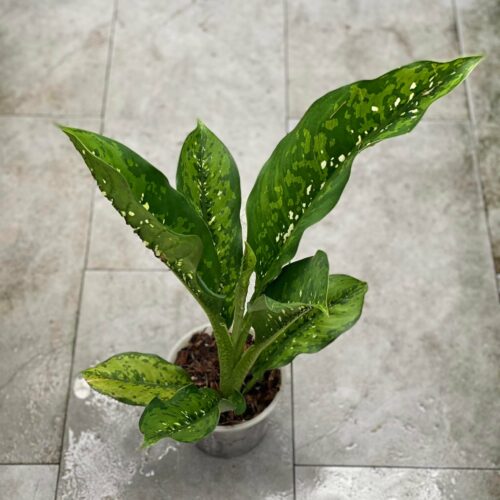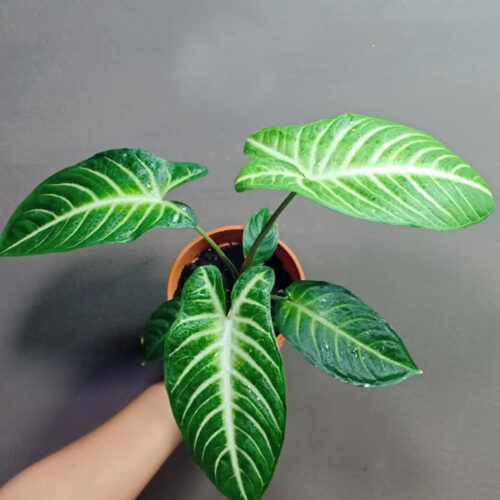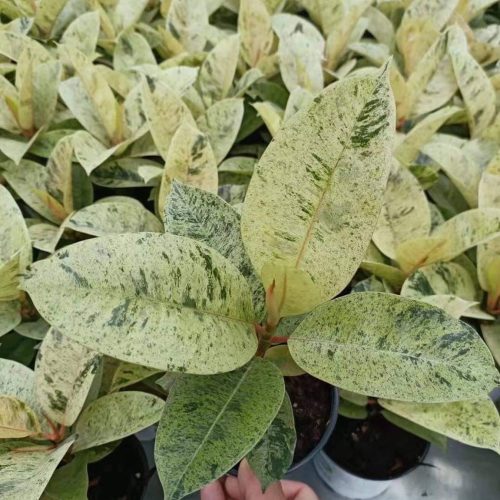Aroids, a diverse family of flowering plants belonging to the Araceae family, captivate plant enthusiasts with their captivating foliage and unique growth forms. They range from towering giants to petite miniatures, each adding a touch of elegance and intrigue to indoor spaces. From the velvety leaves of Monsteras to the arrow-shaped foliage of Alocasias, aroids offer a wide array of textures, colors, and sizes to suit various décor styles and preferences.
Introduction
Aroids make for excellent houseplants due to their stunning foliage and tropical vibe. With proper care, these plants can transform any indoor space into a lush, vibrant oasis. This article explores the top 8 aroid varieties that are sure to make your indoor garden flourish. We’ll cover their key features, growing conditions, and care tips to help you select the right aroids for your home.
Whether you’re a beginner gardener or a plant enthusiast, aroids offer a diverse range of plants to suit every skill level. Read on to discover 8 of the most popular aroids to add intrigue and style to your indoor gardens!
Monstera Deliciosa
Key Features
Nicknamed the “Swiss Cheese Plant” for its iconic splits and holes in the leaves. Monstera deliciosa is characterized by its large, glossy, heart-shaped leaves with natural leaf holes that develop as the plant matures.
This tropical aroid can grow over 3 meters tall in the wild. Indoors, it typically reaches heights of 2 meters. The leaves start out small and entire, and then develop holes and notches as the plant ages. These complex leaves on mature plants create a beautiful, tropical statement.

Growing Conditions
- Light: Bright, indirect light
- Temperature: 18°C to 30°C
- Humidity: 40% to 60%
- Water: Allow soil to partially dry out between waterings
Care Tips
- Provide a moss stick, pole or trellis for support and aerial root attachment
- Mist leaves regularly to increase humidity around the plant
- Prune when necessary to control size
- Repot when rootbound into a slightly larger pot with drainage holes
- Protect from direct sunlight to prevent scorching the leaves
Where to buy monstera? Benefits from importing plants from Thailand
- Shipping: Door to door shipping, fast and safe with Dragon Courier
- Biodiversity: Thailand is known for its rich biodiversity, including a wide variety of aroid species. This diversity allows importers to access a broad range of unique and exotic aroid plants.
- Quality and Health of Plants: The suitable climate helps the plants grown here stay healthy and of high quality.
- Cost-Effectiveness: Due to favorable growing conditions and efficient production methods, Thai aroid plants can often be more cost-effective compared to those from other countries.
- Access to Hybrid Varieties: Thai growers are often involved in the development of new hybrid aroid varieties, offering unique plants that may not be available from other sources.
Monstera species are the most sought after by aroid plant lovers
See more 6 Easy Monstera Care Steps for Thriving Plants
Epipremnum Aureum ‘Pothos’
Key Features
Known for its iconic heart-shaped leaves, Pothos (Epipremnum aureum) is one of the most popular aroid houseplants. Its gracefully trailing stems and lush foliage add life to any indoor space.
The versatile Pothos comes in a wide variety of leaf forms, from solid neon-green leaves to variegated varieties. Variegation patterns include golden yellow, white, or creamy splashes that brighten up the deep green foliage.
Pothos is valued for being an exceptionally easy plant to grow indoors. It tolerates a wide range of light, humidity, temperatures, and watering habits.
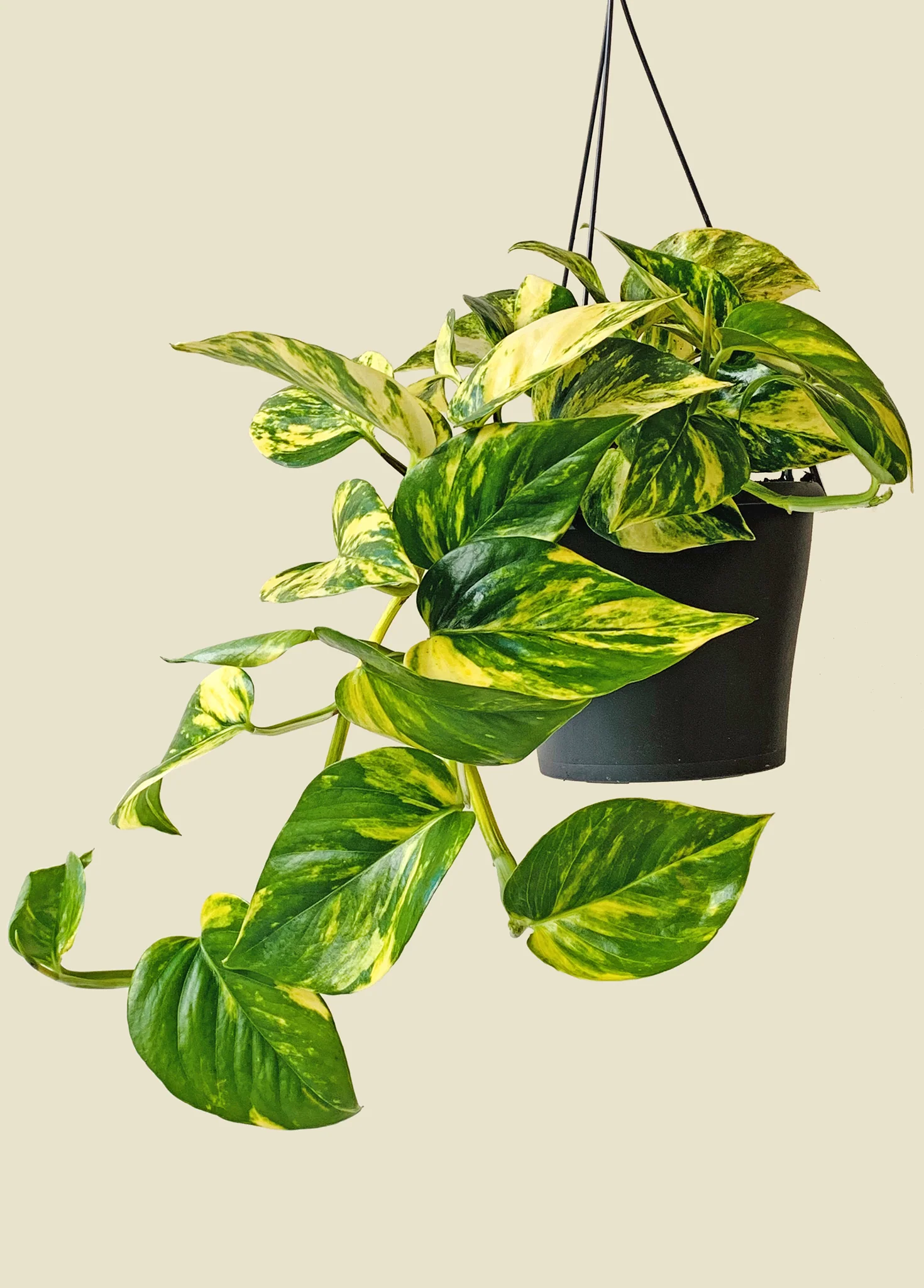
Growing Conditions
- Light: Low to bright, indirect light
- Temperature: 15°C to 30°C
- Humidity: 40% to 60%
- Water: Allow top 25% of soil dry out between waterings
Care Tips
- Mist leaves to increase humidity around the plant
- Prune long trailing stems to promote fullness
- Propagate easily by stem cuttings placed in water
- Can be trained up supports or allowed to trail from hanging baskets
- Tolerates some direct light, but colors intensify in bright, indirect light
Epipremnum species are the most sought after by aroid plant lovers
See more 5 Must-Know Tips for Thriving Epipremnum Houseplants
Philodendron Hastatum ‘Silver Sword’
Key Features
The Philodendron hastatum ‘Silver Sword’ displays elegant gray-green, velvety leaves shaped like arrows or spears emerging from burgundy-colored petioles. Its uniquely colored foliage provides stark contrast, making it a striking addition to indoor plant collections.
A vining plant, ‘Silver Sword’ looks beautiful grown on moss poles or cascading from height in hanging containers. Indoors, it grows up to around 1.5 meters tall but can reach over 3 meters in ideal tropical conditions.
‘Silver Sword’ brings a touch of drama and interest wherever it’s positioned. The gray-green leaves almost appear to be illuminated from within.
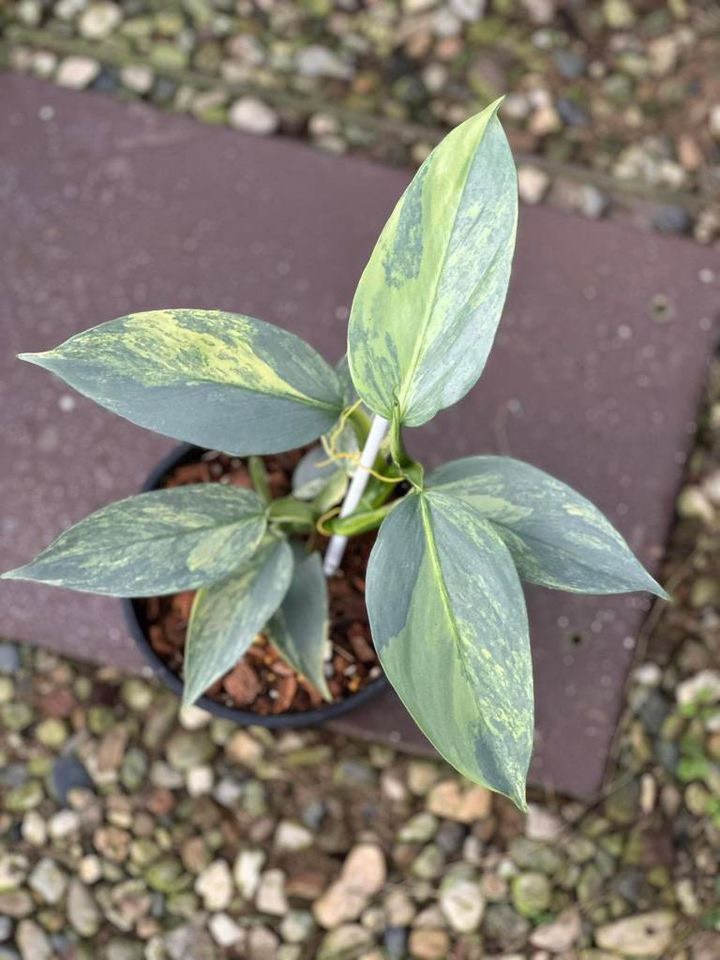
Growing Conditions
- Light: Bright, indirect light
- Temperature: 18°C to 27°C
- Humidity: 40% to 60%
- Watering: Allow top 50% of soil dry out between waterings
Care Tips
- Wipe leaves with damp cloth to keep dust-free
- Mist frequently or use a pebble tray to increase humidity
- Stake or train stems up supportive structures
- Prune off yellowing leaves at the base of the stem
- Repot every 2 years or so when potbound
Philodendron species are the most sought after by aroid plant lovers
See more 7 Surprising Facts About Philodendron Care You Can’t Afford to Miss
Syngonium Podophyllum
Key Features
The syngonium podophyllum, also known as Arrowhead Vine or Nephthysis, is a popular trailing or climbing aroid. It is a tropical perennial plant that is easy to care for and maintain.
This plant has arrowhead-shaped leaves that may be primarily green, variegated green or have hints of white, yellow or pink in the variegation. The leaf shapes also vary from three-lobed, five-lobed to oval shaped without any lobes. Young leaves start out heart-shaped before transforming into arrowheads as the plant matures.
There are over 30 named cultivars of syngoniums available, with new varieties constantly being produced thanks to their current popularity as indoor plants.

Growing Conditions
- Light: Medium to bright indirect light
- Temperature: 15°C to 30°C
- Humidity: 40% to 60%
- Water: Allow soil to dry out slightly between waterings
Care Tips
- Wipe dust off leaves to keep them clean
- Water moderately and allow soil to partially dry out before watering again
- Pinch back leggy stems to encourage bushiness
- Mist plant regularly or use pebble tray to increase humidity
- Support climbing varieties with a moss pole or trellis
Syngonium species are the most sought after by aroid plant lovers
See more 5 Fascinating Facts About Syngoniums: Discover Their Secrets!
Zamioculcas Zamiifolia ‘ZZ Plant’
Key Features
Zamioculcas zamiifolia, affectionately called the ZZ plant, is often described as the perfect beginner’s houseplant. It has earned this reputation thanks to its easy-going nature and adaptability to a wide range of growing conditions.
The ZZ plant is characterized by its thick rhizomes and attractive glossy green, oval-shaped leaves that emerge directly from the soil. The foliage is arranged in an attractive rosette pattern. With the right care, ZZ plants can grow up to 91 cm (3 feet) tall indoors.
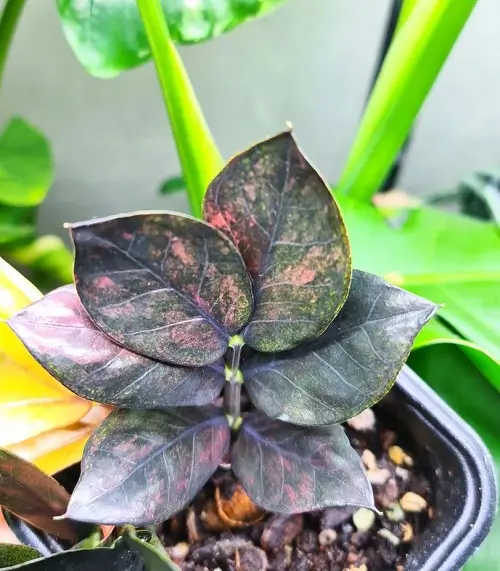
Growing Conditions
- Light: Low to bright indirect light
- Temperature: 15°C to 27°C
- Humidity: 30% to 50%
- Water: Allow soil to dry out between waterings
Care Tips
- Tolerates low light and occasional watering neglect
- Water less frequently in winter months
- Dust leaves periodically to keep them looking shiny
- Repot every 2 to 3 years in spring using cactus mix
- Propagate by separating rhizome offsets
Zamioculcas zamiifolia species are the most sought after by aroid plant lovers
Dracaena Marginata
Key Features
Native to Madagascar, the Dracaena marginata is an evergreen shrub known for its colorful sword-shaped leaves edged in red, purple or pink. Its striking foliage makes it a popular indoor floor plant.
This slow-growing tropical plant can reach up to 2 meters indoors. Outdoors it grows over 15 meters tall. The ribbon-like foliage emerges green from the central stalk, then develops red margins as it matures. Solid green and yellow-striped varieties are also available.
Growing Conditions
- Light: Bright to moderate indirect light
- Temperature: 15°C to 25°C
- Humidity: 40% to 50%
- Water: Allow soil dry out slightly between waterings
Care Tips
- Keep away from cold drafts
- Wipe dust off leaves to keep them clean
- Prune dying leaves at the base of stems
- Propagate by stem cuttings
- Mist plant daily or use pebble trays to boost humidity
- Rotate occasionally so all sides receive light
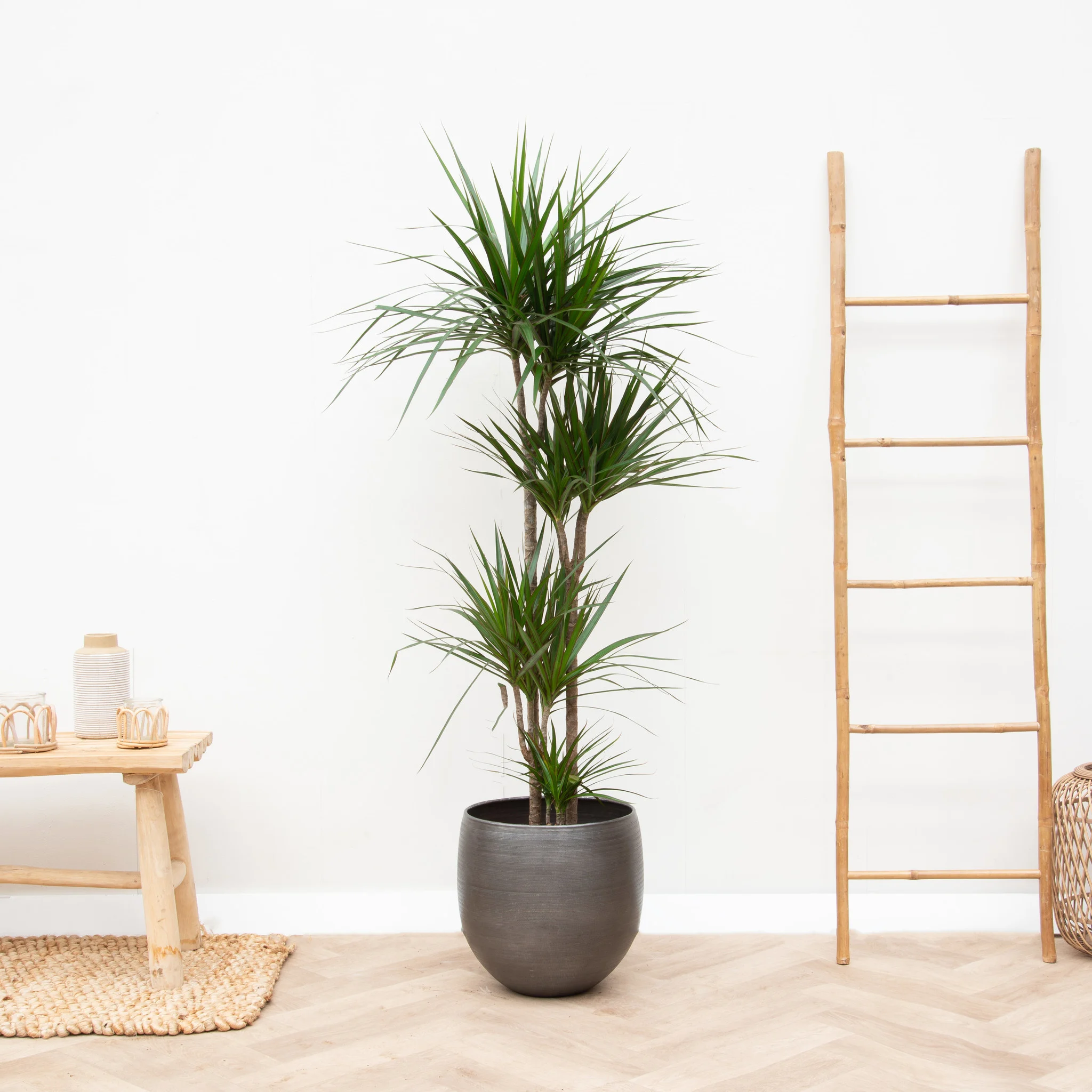
Alocasia Polly
Key Features
Alocasia Polly features stunning arrowhead-shaped leaves marked with elegant white veins. The contrast creates beautiful patterns reminiscent of abstract art.
A compact hybrid plant that reaches about 60 cm (2 feet) tall and wide. Its lush tropical foliage adds striking texture indoors. Baby plants emerge from the soil with lime green leaves veined in white. Leaves transform to darker green shades as they mature.
Its manageable size makes Alocasia Polly well-suited to placement on tabletops and shelves. The vivid foliage also pops when surrounded by darker green plants.
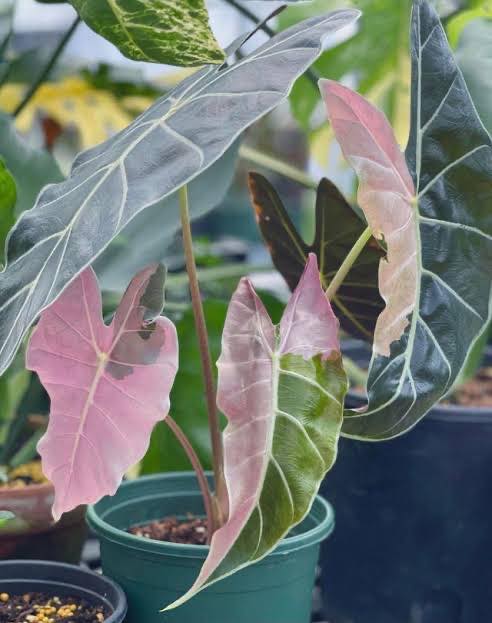
Growing Conditions
- Light: Bright, indirect sunlight
- Temperature: 18°C to 29°C daytime
- Humidity: 40% to 60%
- Water: Keep soil consistently moist
Care Tips
- Fertilize monthly during growing season
- Remove dead leaves and spent flowers
- Repot annually in spring to refresh soil
- Mist plant daily to recreate tropical environment
- Prevent direct light exposure to avoid leaf burn
Alocasia species are the most sought after by aroid plant lovers
See more 5 Tips to Grow Alocasia Indoors: Maximize Your Elephant Ear Plant!
Aglaonema Commutatum
Key Features
The Aglaonema commutatum, also known as the Chinese Evergreen, is an extremely popular indoor plant known for its attractive speckled and variegated foliage.
There are several color variations and leaf patterns commonly available including shades of silver, red, pink, yellow and green combinations. Some varieties have interesting patterns such as dots, dashes and marbling.
A compact plant growing up to 60 cm (2 feet tall), its lush tropical foliage and vibrant colors make this an exceptional houseplant for desks, shelves and tabletops.

Growing Conditions
- Light: Low to bright indirect light
- Temperature: 15°C to 30°C
- Humidity: 40% to 50%
- Water: Allow soil to partially dry out between waterings
Care Tips
- Wipe dust off leaves to maintain shine
- Remove spent flowers and dying foliage
- Mist plant daily or use a pebble tray
- Rotate plant occasionally to encourage even growth
- Repot every 2 years in the spring
Aglaonema species are the most sought after by aroid plant lovers
Conclusion
Aroids encompass an impressive variety of stunning tropical plants suitable for every indoor space. Whether you prefer climbing vines, vivid flowers, or beautiful variegated leaves, there is an aroid to match your growing conditions and style.
Give these exotic tropical beauties the warm environment, humidity, and proper care they require, and they will transform your indoor garden into a lush rainforest oasis.

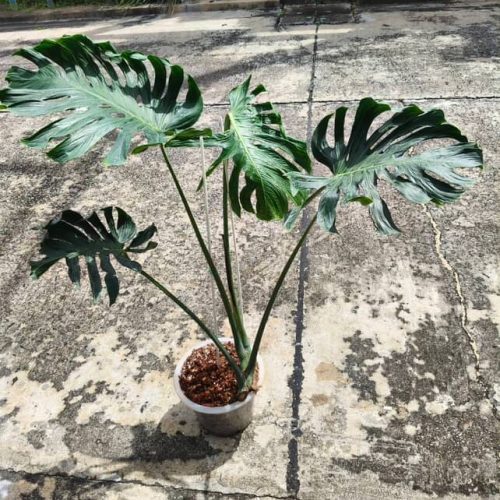
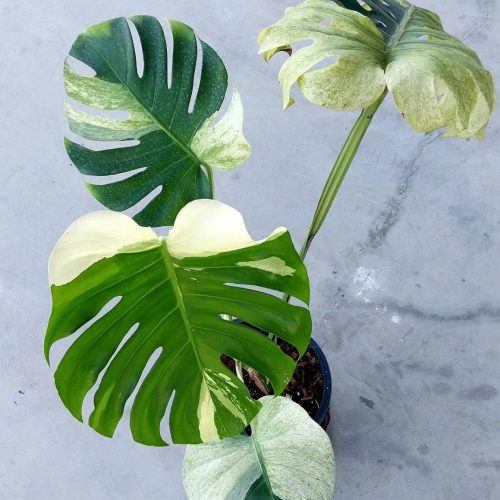



![12x Monstera Borsigiana Albo half leaves variegata [3-4 leaves]](https://greenboog.com/wp-content/uploads/2024/10/Monstera-Borsigiana-Albo-half-leaves-variegata-1-500x500.jpg)
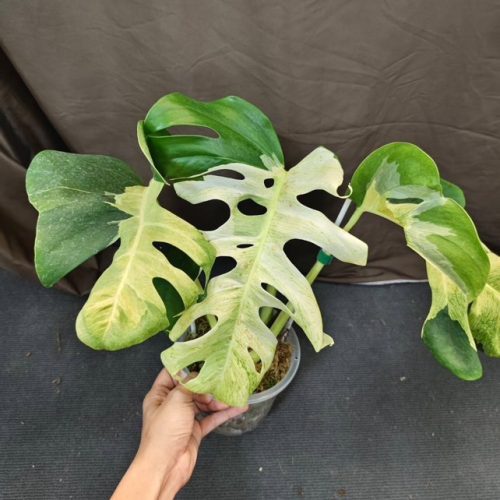

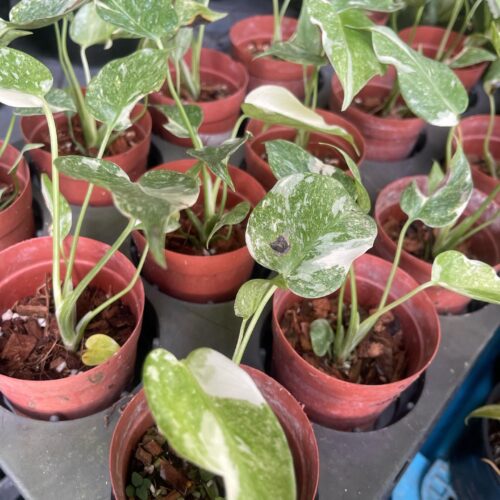
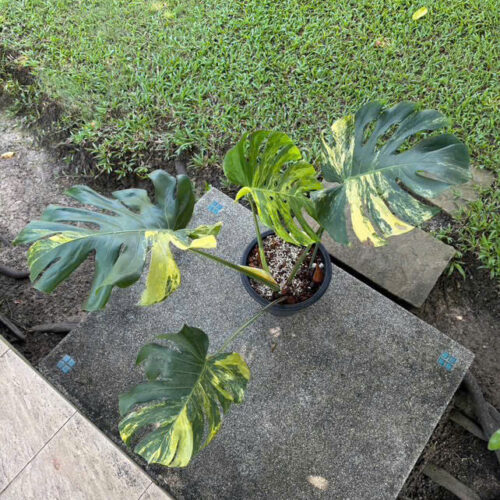
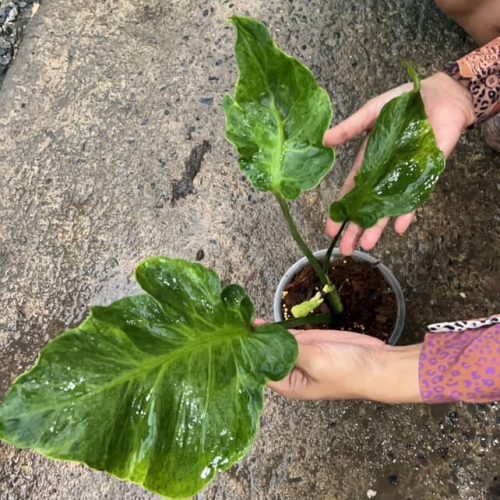
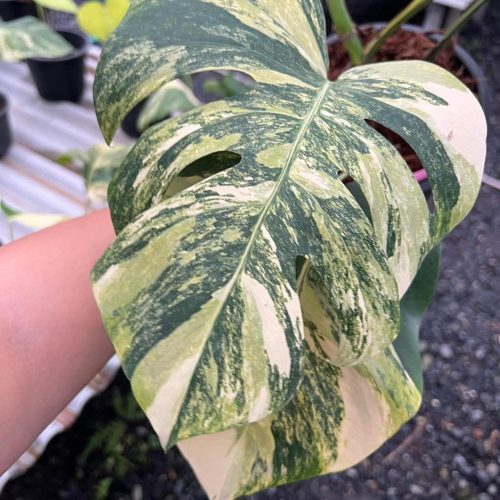

![10 Pots x Monstera Aurea Variegated / Mix Aurea tri color 3-4 leaves [well variegated]](https://greenboog.com/wp-content/uploads/2024/08/Monstera-Aurea-Tri-color-500x500.jpg)
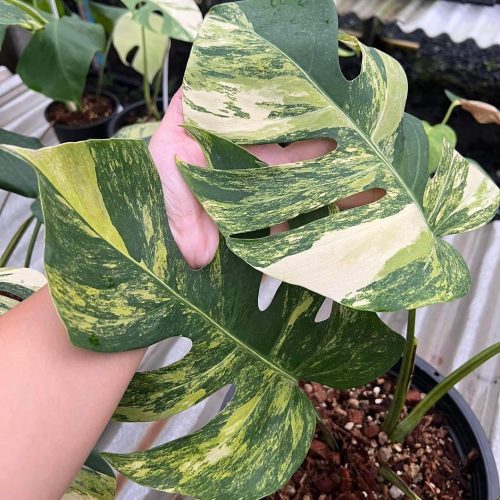
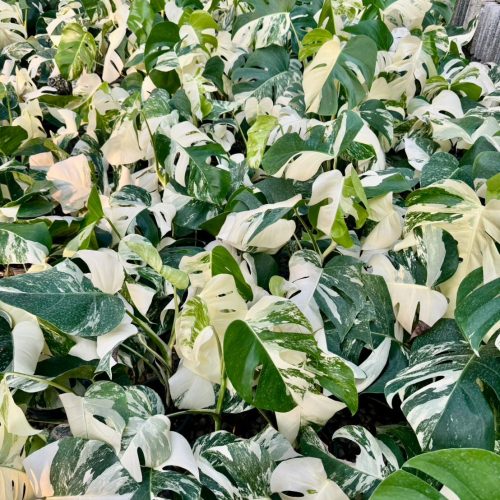
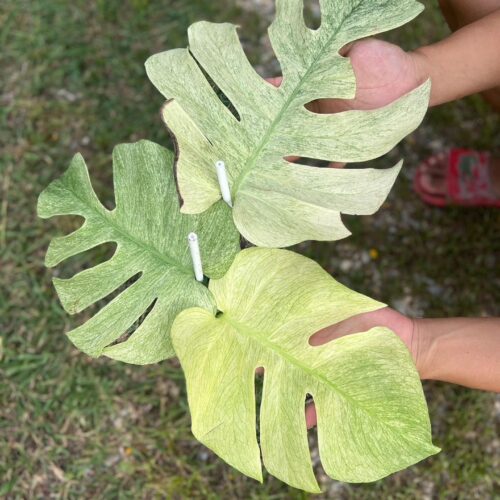
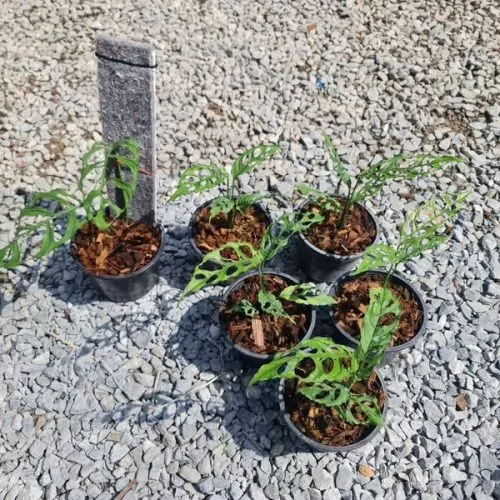
![[SALE] 10 Pots x Monstera Aurea Variegated 3-6 leaves [Medium size]](https://greenboog.com/wp-content/uploads/2025/01/Monstera-Aurea-variegated-4-6-leafs-500x482.jpg)

